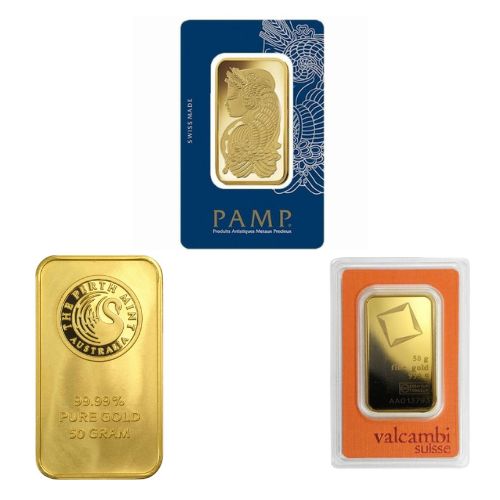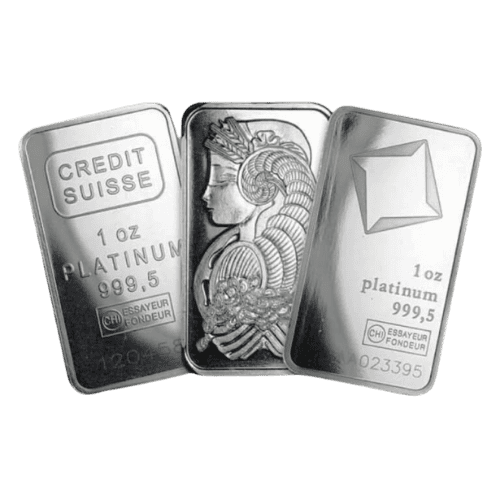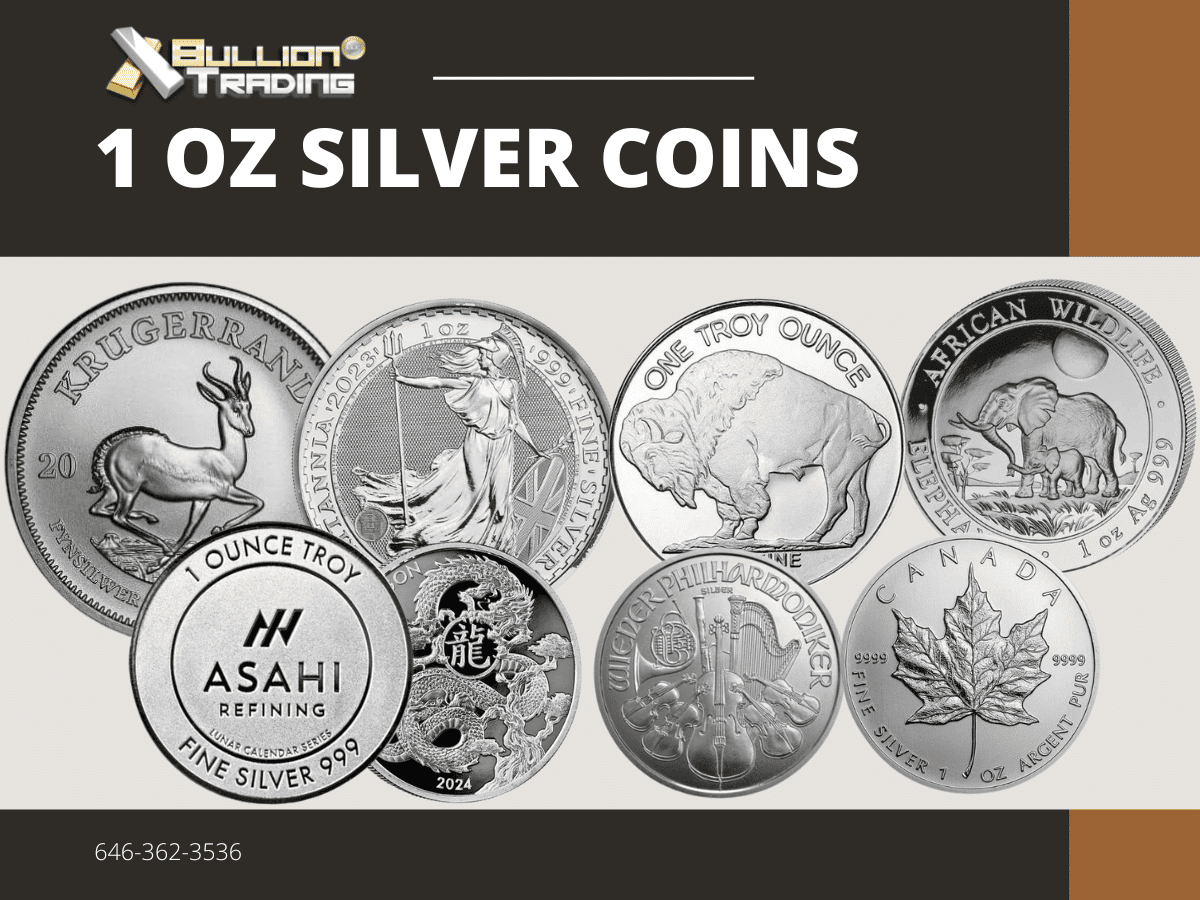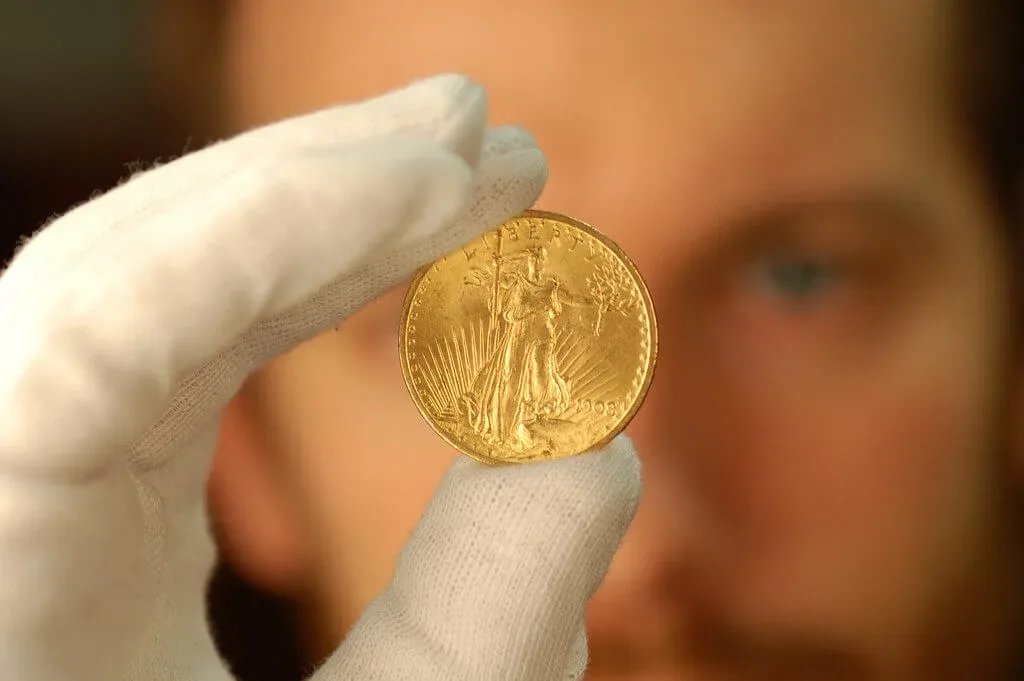The current grading system obtained from a three pail technique that began in the early 1900s. Coins were grouped as either “good” (the majority of information undamaged), “fine” (clear information with some shine/luster), and “uncirculated” (mint state). Issues rapidly arose as some “great” coins were better than others, and it became required to distinguish.
by means of http://s.hswstatic.com/ The point behind coin grading is that it provides an objective grading standard to subjective decisions. Usually, the very same type of coins are going to be organized together (in terms of wear, weather, age and more). This offers collectors with the assurance they are paying fair price. Together with a coins rarity, its condition (or grade) effects is numismatic value.
It only makes sense to understand how it is graded if you are about to buy a gold or silver coin. The graded worth of the coin straight affects its market value, and how much resale worth the coin holds. A coin that is in much better condition, is going to deserve more, and continue to be worth more than their more weathered cousins.
It remained in 1948 that the Sheldon Scale was presented. Obtained by numismatist Dr. William Sheldon, it groups coins into the following classifications:
MS (60 to 70): Mint state, uncirculated
AU (50 to 59): About uncirculated
XF (40 to 49): Extremely fine
VF (20 to 39): Very fine
F (11 to 19): Fine
VG (8 to 10): Very good
G (4 to 7): Good
AG (3 ): About great
FA (2 ): Fair
PR (1 ): Poor
When seeing coins on the scale side by side, it is quite easy to identify the differences which may not appear if the coin was alone. Compare these 2 Morgan Silver Dollars:
The PCGS preserves a “Photo Grade” tool which lets a collector compare their ungraded coins to coins which have actually already been graded. This enables one to get a best, general idea about what their coin would be graded. NCG meanwhile points to The Official American Numismatic Association Grading Standards for United States Coins which offers a text and photographic guide to coin grading.
https://cdn.sbcgold.com/wp-content/uploads/2014/01/morgan-silver-dollar-f-12.jpg
https://cdn.sbcgold.com/wp-content/uploads/2014/01/morgan-silver-dollar-vf-30.jpg
The very first one was ranked F-12 (Fine), while the second was rated VF-30 (Very Fine).
The two main coin grading organizations today are PCGS, the Professional Coin Grading Service, and NGC, Numismatic Guarantee Corporation. Graders which work for each have years of experience, and therefore trustworthiness behind their grades. It is typically encouraged prior to purchasing, and selling, to send coins for grading to ensure their quality.
Are you all set to get your coins graded? Let us understand in the remarks, and share the post!
The graded value of the coin straight impacts its market cost, and how much resale worth the coin holds. Together with a coins rarity, its condition (or grade) impacts is numismatic worth.
The 2 primary coin grading organizations today are PCGS, the Professional Coin Grading Service, and NGC, Numismatic Guarantee Corporation. The PCGS keeps a “Photo Grade” tool which lets a collector compare their ungraded coins to coins which have actually currently been graded. NCG meanwhile points to The Official American Numismatic Association Grading Standards for United States Coins which supplies a text and photographic guide to coin grading.





